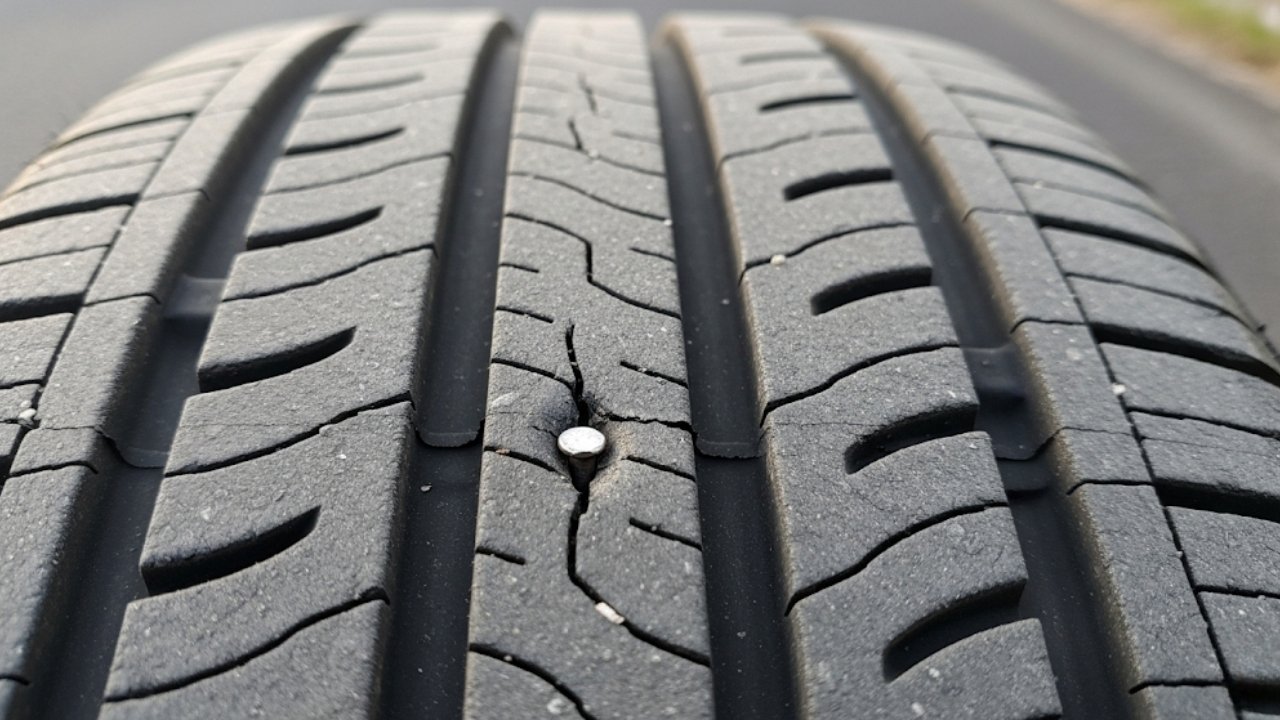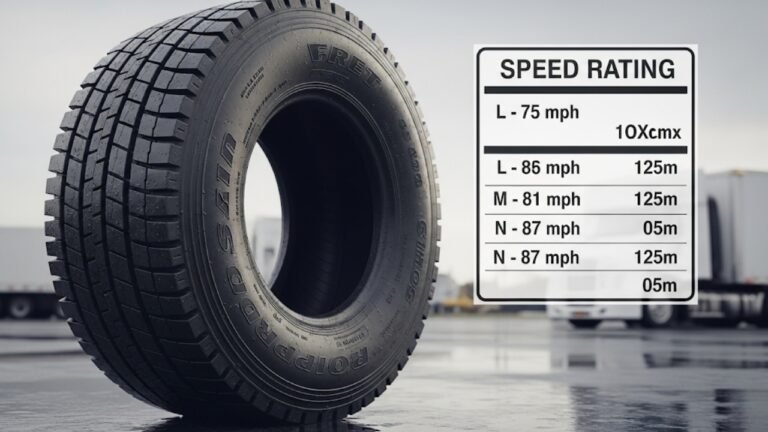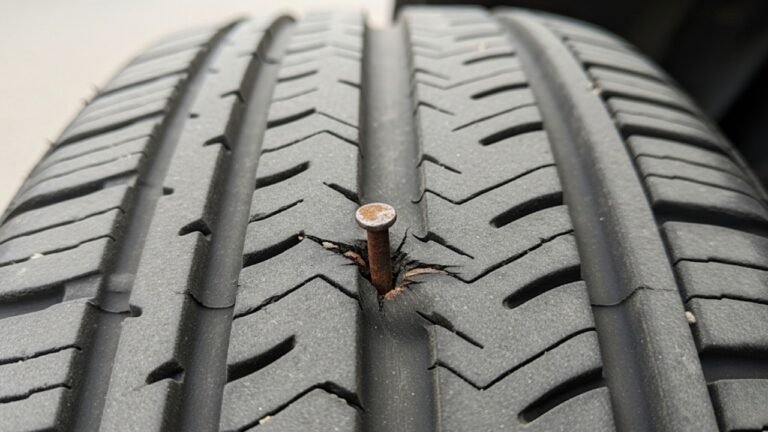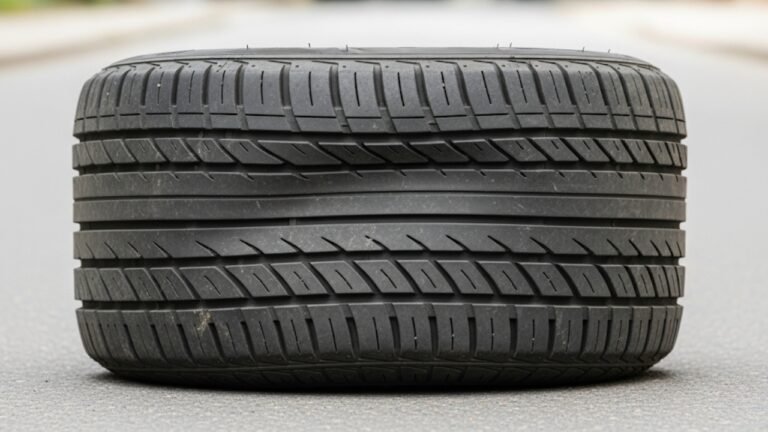Puncture Car Tyre Repair: the calm, friendly guide

We have all had that sinking feeling: the steering feels heavy, the car pulls to one side, and the TPMS light pops up like a nagging friend. A flat tyre never shows up on a free Sunday; it shows up when you are late, tired, or on a wet road. Still, a puncture car tyre repair does not need to be scary or costly if you understand the basics, carry a few simple tools, and know when to call a pro. In this guide, I will talk to you like a friend who has been there on the shoulder of the highway, torch in hand, rain on the face, and a stubborn screw stuck in the tread. I will keep the words simple, the steps clear, and the advice honest. You will learn how to spot repairable damage, pick the right method (plug, patch, or plug‑patch), decide if you can do it yourself, and know the moments when you must not drive another metre. By the end, you will feel calm the next time the pressure drops, and you will know how to make Google trust your choices and your wallet feel safe.
Why tyres get punctured (and how to read the signs before it worsens)

Repair or replace? The simple rules you can trust on a bad day
Not all holes are equal. A quick puncture car tyre repair is fine if the puncture is less than 6 mm (about 1/4 inch), sits in the repairable tread zone, and you did not drive on the tyre when it was fully deflated. If the damage is on the sidewall, near the shoulder, long, jagged, or in a run-flat tyre that was driven at zero pressure past its safe range, replacement is the honest call. Also consider age and tread depth: a tyre with 2 mm of tread is already near the end; fixing it might save money today but cost you traction tomorrow. Shops that you can trust often use a combination plug-patch (sometimes called a mushroom patch) that seals both the inner liner and the hole channel. This is safer and more durable than an external plug alone, which is best used as a temporary roadside fix. If you see cords, bubbles, or any signs of sidewall flex damage, walk away from repair. I know the urge to save money, but remember, that small circle of rubber is the only part of your car that touches the road. That is not where you want to take big risks.
The tools that make roadside fixes smoother (and why they are worth the tiny space in your boot)
A small kit can turn panic into a 15-minute job. For a quick puncture car tyre repair, pack a plug kit (with a rasp tool, insertion tool, and sticky plugs), a compact 12V tyre inflator, a decent pressure gauge, valve caps, and a pair of gloves. Add a small bottle of soapy water (or even carry a small spray bottle) to find leaks fast, and throw in a headlamp for night work. If you drive long distances, a can of tyre sealant can buy you a short, slow ride to a shop, but remember that many pros hate it because it coats the wheel and TPMS sensor, making clean-up messy. I keep a small kneeling pad because sharp stones and hot roads hurt; it costs almost nothing but saves your knees and patience. Learning to use these tools once at home, in daylight, is the best training. Practice pulling a nail, roughening the hole with the rasp, inserting the plug with a firm, straight push, trimming the excess, and inflating to the right PSI. When you have done it once, you will feel calm the next time the TPMS light flicks on, and that calm is priceless.
Quick checklist to keep in your boot:
Plug kit with rasp and insertion tool
Sticky repair plugs (fresh, not dried out)
Small 12V compressor or cordless inflator
Pressure gauge you trust
Gloves, headlamp, and a kneeling pad
Soapy water spray to spot leaks fast
Tyre sealant (only for emergencies, and expect clean-up at the shop)
Step-by-step DIY roadside puncture car tyre repair (plug method)
Let’s walk through the simple plug method which is quick and gets you rolling. First, park somewhere safe and flat, switch on hazards, and place wheel chocks if you have them. Find the puncture. If you cannot see it, spray soapy water and look for bubbles. Pull the nail or screw with pliers, but only after you have everything ready. Use the rasp tool to clean and roughen the hole; push in and out a few times with firm pressure. Thread a sticky plug through the eye of the insertion tool (it looks like a big needle), leaving equal lengths on both sides. Push the plug deep into the hole until about one centimetre remains outside, then twist and pull the tool out fast to leave the plug in place. Trim the excess plug flush with the tread. Now inflate the tyre to the right PSI, check for new bubbles, and drive slowly for the first few kilometres to seat the repair. Note that this is a temporary fix. For a long-term, safe puncture car tyre repair, visit a shop for a plug-patch from the inside. Yes, I know many people run on plugs for months, but the best practice is to let a pro inspect the casing and seal the inner liner.
Professional methods: plug-patch, mushroom patch, and vulcanization — plus cost, time, and durability
A skilled tech will pull the tyre from the rim, find the injury, and repair it from the inside. The most trusted long-term method for a puncture car tyre repair is the combination plug-patch (also called a mushroom patch). It blocks the path of air and seals the liner so moisture does not reach the cords. In some cases, a heat-cured vulcanized patch is used for extra strength, but most normal tread punctures are fine with a cold-cure combination patch. Expect a short wait, a modest bill, and real peace of mind.
Comparison table: DIY vs professional repair methods
| Method | Typical Cost | Time Taken | Durability | When To Use | Notes |
|---|---|---|---|---|---|
| External Plug (DIY) | Low | 10–20 mins | Temporary | Roadside fix to reach a shop | Fast, but not ideal for long-term safety |
| Combination Plug-Patch (Pro) | Low–Medium | 20–40 mins | Long-term | Standard, safe puncture car tyre repair | Seals hole and inner liner; widely recommended |
| Patch Only (Pro) | Low | 15–30 mins | Medium | Small tread punctures when hole channel is clean | Not as strong as plug-patch for through-holes |
| Vulcanized Patch (Pro) | Medium | 45–90 mins | Long-term | Larger tread punctures within limits | Heat-cured; more labour and cost |
| Sealant (Emergency) | Low | 5–10 mins | Very short-term | When you just need to limp to safety | Messy for TPMS; many shops dislike it |
When the repair is done, ask the shop to re-balance the wheel if needed and reset the TPMS. Also ask them to show you the patch from the inside if you are curious; a good shop will be happy to teach. This habit builds trust and helps you spot poor workmanship next time.
Common mistakes that turn a small hole into a bigger bill
Rushing is enemy number one. People yank out a nail before they are ready, and then the tyre hisses to zero before the plug is half in. Others drive fast on low pressure, shredding the inner liner, which makes any safe puncture car tyre repair impossible. Some folks patch sidewalls because the tyre “still looks okay,” but sidewalls flex, heat up, and can let go without warning. Using old, dried repair strings is another common slip; they crack, they do not seal well, and they leak when the tyre flexes at highway speed. Sealants can also confuse you: they may slow the leak and hide the real damage until it fails under load. Last, skipping torque checks on wheel nuts or forgetting to reset the TPMS can leave you with a vibration or a warning light that nags for weeks. Slow down, follow the steps, and let a pro double-check if you have any doubt. A tyre is not a place to flex your ego; it is a place to guard your life.
A quick decision tree you can remember without a diagram
Think of three questions the moment you spot a flat. One: Is the hole small and in the tread, not the sidewall or shoulder? Two: Did I avoid driving far on it while flat or very low? Three: Do I have the kit, time, and a safe place to work? If your answer is yes to all three, a quick plug can get you to a shop. If any answer is no, slow down, use your spare, or call roadside support. The truth is, a puncture car tyre repair only stays safe when you respect limits. If you are not sure, treat it like a “maybe” that needs a professional to inspect. That small act of caution will reward you with safer miles and fewer surprises. I also like to add a “gut check” step at the end: if it still feels wrong when you drive off, it probably is. Park, re-check the pressure, and listen to your instincts. Your tyres talk to you. Learn their voice.
Debunking myths around puncture car tyre repair
There’s no shortage of myths floating around car forums and roadside chats. Some people say that once a tyre is punctured, it’s “ruined forever.” That’s simply not true—if the damage is minor and follows repair guidelines, it can be restored to safe, long-term use. Another myth is that tyre plugs always fail at high speeds. While plugs are temporary, they hold up just fine under normal conditions when installed properly—just don’t treat them as a forever fix. You’ll also hear that tyres with steel belts can’t be repaired. Again, not true. Most modern tyres do have steel belts, and shops use proper methods that work safely with them. One of the most dangerous myths is that you can drive for “a while” on a flat tyre. You can’t. Even a short drive on a deflated tyre causes sidewall breakdown, internal heat damage, and compromised structure. That damage is invisible—but deadly. Lastly, people think tyre sealant is magic. While it can help in an emergency, it’s messy, not always effective, and not a permanent solution. Use it only when needed, and always clean the tyre afterward before getting it repaired by a pro.
Special rules for run-flat tyres: when things change
Run-flat tyres (RFTs) are a blessing and a trap. They’re built with reinforced sidewalls that can keep rolling for up to 80 km (about 50 miles) at reduced speeds after a puncture. This gives you time to reach a safe spot or a service centre. However, puncture car tyre repair for RFTs is trickier. Not all tyre shops will repair them, and manufacturers vary in whether they allow it. Why? Because it’s hard to see internal damage caused by running flat. Even if the hole is in the tread, if the tyre has been driven far or fast with low pressure, the damage might be too severe. Some brands (like Michelin ZP and Bridgestone DriveGuard) can be repaired under certain conditions, but only if the integrity hasn’t been compromised. Always ask the shop to remove the tyre from the rim and inspect it thoroughly. If they say “no repair,” they’re likely protecting you—not upselling. If you run RFTs, it’s a good idea to carry a TPMS and check your pressures weekly. That’s the best way to spot damage early and avoid expensive replacements.
Long-distance travel tips: prepping for flats on the open road
Planning a road trip? Add puncture car tyre repair to your checklist. Before hitting the highway, inspect your tyres for wear, cracks, or embedded objects. Check tread depth with a coin test and ensure all four tyres are inflated to the correct pressure (including your spare, if you have one). Carry a reliable repair kit, especially if you’re going through remote areas. A compact cordless inflator with a digital gauge can be a game-changer in the middle of nowhere. If you’re driving through hot or rocky regions, reduce speed and avoid overloading your car. Heat and weight stress tyres fast. Learn how to jack up your car safely before the trip. Watch a few tutorial videos and practice at home. It’s way easier to try it in your driveway than on a dark roadside with trucks flying past. If you’re travelling through snow or icy roads, switch to winter tyres—they’re more resistant to cold cracking and give better grip, which lowers the risk of skids and flats. A prepared driver is a calm driver, and when you’re calm, even a nail in the tyre feels like just a small detour, not a disaster.
Post-repair care: don’t forget these easy maintenance steps
After your tyre has been repaired, take a few extra steps to ensure safety and smooth driving. First, recheck your tyre pressure after 24 hours, especially after a DIY plug. Some slow leaks may return if the seal wasn’t perfect. Next, monitor your TPMS (Tyre Pressure Monitoring System). If the light stays on even after reinflating, you may need to reset it or get the sensor checked. After any puncture car tyre repair, avoid high speeds for the first 50–100 km to let the plug or patch settle in. If you notice any vibration or pulling to one side, get the tyre rebalanced. It’s also wise to check the repair every week for the first month—use soapy water to spot any tiny bubbles. Lastly, keep an eye on the tread wear. A repaired tyre should still wear evenly. If one area wears faster than others, something else might be wrong (like alignment or suspension issues). Think of tyre care like skincare—it’s small effort, but it shows up in big ways over time.
FAQs on puncture car tyre repair
1. Can I repair a tyre more than once?
Yes, but only if the punctures are far apart (at least 16 inches) and in the safe tread zone. Too many repairs weaken the tyre structure.
2. How long can I drive on a tyre plug?
While many people drive on plugs for months, it’s best to see them as temporary fixes. Get a professional combination patch for long-term safety.
3. Can a sidewall puncture be repaired?
No. Sidewall repairs are unsafe because the sidewall flexes constantly. Replace the tyre instead.
4. What if the TPMS light is still on after a repair?
Check the tyre pressure again and reset the TPMS. If it stays on, the sensor may be damaged or need recalibration.
5. Are tyre sealants bad?
They’re not “bad” but should only be used as a last resort. They’re messy, can damage TPMS sensors, and might not seal large holes.
6. Do run-flat tyres always need to be replaced after a puncture?
Not always. If the damage is minor and the tyre hasn’t been run on while flat for too long, it may be repairable. Always let a pro inspect it.
7. Can I use a plug and patch combo at home?
Not really. The patch must be applied inside the tyre, which means removing it from the rim. This needs professional tools and skill.
8. How can I avoid punctures in the first place?
Check pressure often, avoid driving close to road shoulders, keep distance from construction sites, and never drive with low tread.
Final thoughts: take the fear out of flats
A flat tyre used to terrify me. The sound of air hissing out, the wobble on the steering—it felt like a threat. But now, with a little practice, a kit in the boot, and some honest knowledge about puncture car tyre repair, I feel in control. That’s what I want for you too. Remember: a repair is only good if it’s done right and done early. Learn your limits, trust your gut, and don’t be afraid to call for help when needed. Fixing a tyre isn’t about brute strength—it’s about calm, care, and good judgment. The road will throw nails, screws, and thorns your way. But with the right mindset and tools, you’ll keep rolling like it’s just another day.





